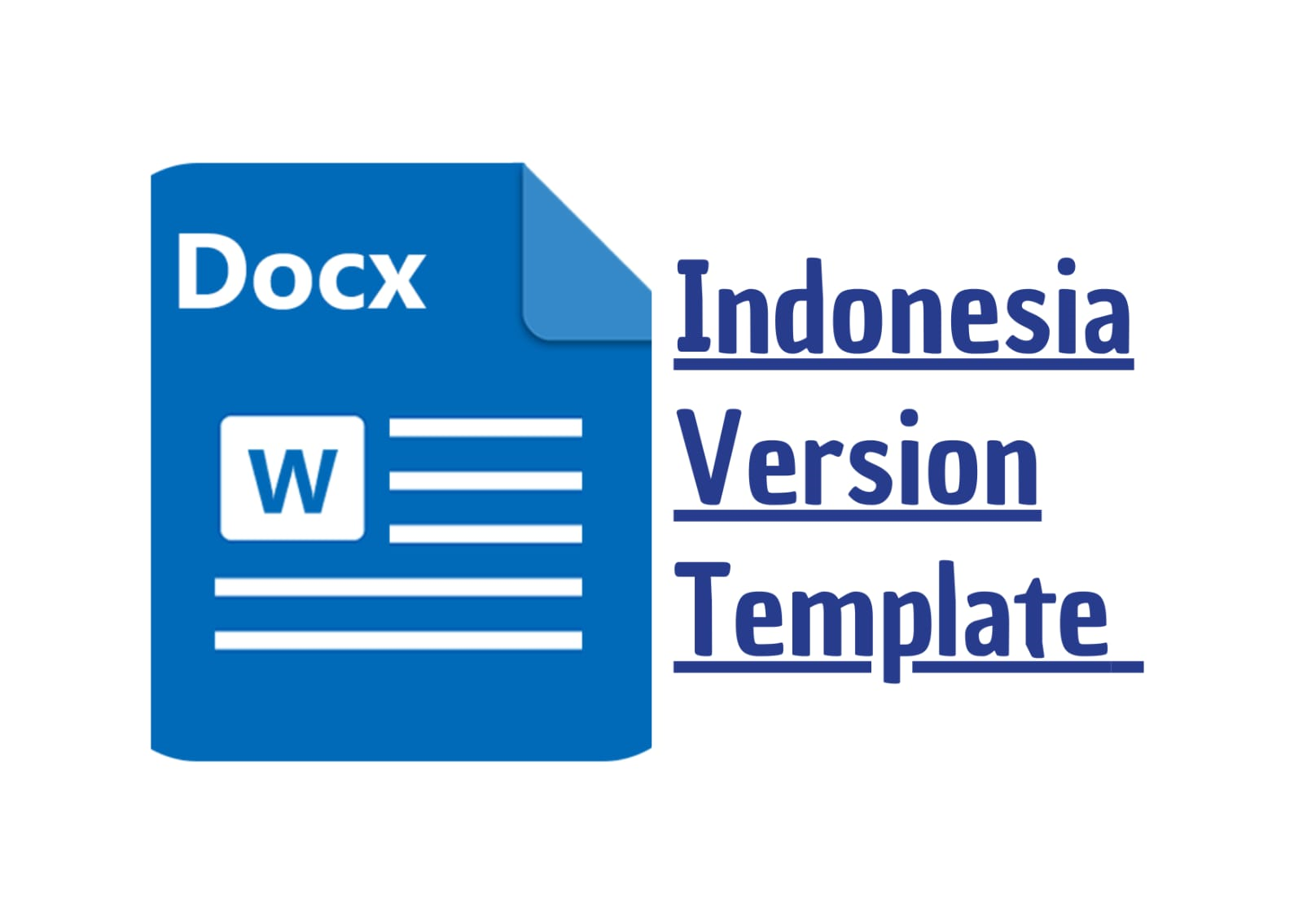Physical Quality and Sun Protection Factor Value of The Sunscreen Lotion Extract of Carrot (Daucus carota L.)
DOI:
https://doi.org/10.56799/jim.v2i9.2074Keywords:
Lotion, Carrot (Daucus Carota L.), Sun Protection FactorAbstract
Sunlight does not always have a beneficial effect, the content of ultraviolet rays contained in it can harm the skin. Sunscreen is a substance that can protect the skin from exposure to ultraviolet (UV) rays. Carotenoids, provitamin A is one of the many natural antioxidants found in carrots. The purpose of this study was to determine the physical quality and SPF value of carrot extract sunscreen lotion (Daucus carota L), with the amount of carrot extract added as much as 10%. The research method used is quantitative experimental. The stages of the research included making Simplicia and making carrot extract, formulation and making carrot extract lotion, and testing the physical quality and SPF value of carrot extract lotion preparations. The results of the physical quality test for carrot extract lotion preparations, organoleptic, were yellow, smelled of oranges, and had a soft texture; pH of 7.59; spreadability of 5.5 cm; adhesiveness of 1.38; viscosity of 9990 cps; and an SPF value of 6.67. The conclusion from this study is that the physical quality of the carrot extract sunscreen lotion meets the standards, with the SPF value obtained classified as extra protection sunscreen.
Downloads
References
Damogalad, V., Jaya Edy, H., & Sri Supriati, H. (2013). Formulasi Krim Tabir Surya Ekstrak Kulit Nanas (Ananas comosus L Merr) Dan Uji in Vitro Nilai Sun Protecting Factor (SPF). PHARMACON Jurnal Ilmiah Farmasi – UNSRAT, 2(02).
Dewi, B., & Wirahmi, N. (2019). Formulasi Lotion Ekstrak Wortel (Daucus carota L) Metode Maserasi. Jurnal Ilmiah Pharmacy, 6(1). https://doi.org/10.52161/jiphar.v6i1.15
Fakriah, Kurniasih, E., Adriana, & Rusydi. (2019). Sosialisasi Bahaya Radikal Bebas Dan Fungsi Antioksidan Alami Bagi Kesehatan. Jurnal Vokasi, 3(1). https://doi.org/10.30811/vokasi.v3i1.960
Haerani, A., Chaerunisa, A., Yohana, & Subarnas, A. (2018). Artikel Tinjauan: Antioksidan Untuk Kulit. Farmaka, Universitas Padjadjaran, Bandung, 16(2).
Hapsah Isfardiyana, S., Sita, ;, & Safitri, R. (2014). Pentingnya Melindungi Kulit dari Sinar Ultraviolet dan Cara Melindungi Kulit dengan Sunblock Buatan Sendiri. Jurnal Inovasi Dan Kewirausahaan, 3(2), 126–133.
Hidayati, R., Erliani, D., & Sari, M. (2023). Formulasi Sediaan Krim Ekstrak Wortel ( Daucus carota L . ) dan Uji Aktivitasnya sebagai Tabir Surya secara In Vitro Formulation of Carrot ( Daucus carota L . ) Extract Cream and Its In Vitro Activity Test as a Sunscreen. 10(1), 25–31. https://doi.org/10.33508/jfst.v10i1.4467
Iriani, F. A., & Tukayo, B. L. A. (2021). Uji Mutu Fisik Lotion Kombinasi Minyak Atsiri Daun Zodia (Evodia suaveolens) dan Daun Kemangi (Ocimum basilicum L.). GEMA KESEHATAN, 13(1). https://doi.org/10.47539/gk.v13i1.147
Kadang, Y., Hasyim, M. F., & Yulfiano, R. (2019). Formulasi Dan Uji Mutu Fisik Lotion Antinyamuk Minyak Sereh Wangi (Cymbopogon nardus L Rendle.) Dengan Kombinasi Minyak Nilam (Pogostemon cablin Benth.). Jurnal Farmasi Sandi Karsa, 5(1). https://doi.org/10.36060/jfs.v5i1.39
Malsawmtluangi, C., Nath, D. K., Jamatia, I., Lianhimgthangi, E. Z., & Pachuau, L. (2013). Determination of Sun Protection Factor (SPF) number of some aqueous herbal extracts. Journal of Applied Pharmaceutical Science, 3(9), 150–151. https://doi.org/10.7324/JAPS.2013.3925
Megantara, I. N. A. P. (2017). Variasi Konsentrasi Trietanolamin sebagai Emulgator serta Uji Hedonik Terhadap Lotion Abstrak Raspberry (Rubus rosifolius) memiliki aktivitas antioksidan tinggi yang dapat digunakan dalam perawatan kulit . Salah satu kosmetika untuk perawatan kulit adal. Jurnal Farmasi Udayana, 6(2301–7716), 1–5.
Sari, K., Daucus, W., Dan, L., & Fauziah, Y. (2023). Formulasi Masker Krim Wajah Antiaging Formulation Antiaging Face Cream Mask Combination of Carrotle (Daucus carota L .) AND. 12, 35–45.
Satriyasa, B. K., Widianti, I. G. A., & Manuaba, I. B. G. F. (2022). The potential of carrot extract as a sunscreen to prevent apoptosis in white mice (Mus musculus) fibroblast cell cultures exposed to UVB light. Bali Medical Journal, 11(2), 527–530. https://doi.org/10.15562/bmj.v11i2.3460
Sopian, A., Fajr, I. R. F., & Syahdania, N. (2021). Formulasi Sediaan Lotion sebagai Tabir Surya dari Ekstrak Metanol Kulit Luar Buah Jengkol (Archidendron jiringa (jack) I.C.Nielsen). Edu Masda Journal, 5(2), 64. https://doi.org/10.52118/edumasda.v5i2.132
Suryadinata, R. V. (2018). Pengaruh Radikal Bebas Terhadap Proses Inflamasi pada Penyakit Paru Obstruktif Kronis (PPOK). Amerta Nutrition, 2(4), 317. https://doi.org/10.20473/amnt.v2i4.2018.317-324
Syam, A. A., & Marini, M. (2020). Optimasi Formulasi Sediaan Hanbody Lotion dari Ekstrak Kulit Jeruk Bali (Citrus maxima (Burm.) Merr.) sebagai Antioksidan. Jurnal Farmaku (Farmasi Muhammadiyah Kuningan), 5(2). https://doi.org/10.55093/jurnalfarmaku.v5i2.135
Tahar, N., Indriani, N., & Nonci, F. Y. (2019). Efek Tabir Surya Ekstrak Daun Binahong (Anredera cordifolia). Ad-Dawaa’ Journal of Pharmaceutical Sciences, 2(1), 29–35. https://doi.org/10.24252/djps.v2i1.6569
Wati, A., Irfan, & Sulaiman, M. I. (2020). Formulasi Skin Lotion Minyak Sereh Wangi dengan Konsentrasi Triethanolamin. Jurnal Ilmiah Mahasiswa Pertanian, 5(Vol 5, No 1 (2020): Februari 2020).
Widolaras, R., & Ikhsanto, M. N. (2022). Sistem Pendukung Keputusan Pemilihan Tabir Surya Wajah untuk Kulit Berminyak Menggunakan Metode Analytical Hierarchy Process. Jurnal Teknologi Informatika Dan Komputer, 8(2). https://doi.org/10.37012/jtik.v8i2.1324
Downloads
Published
How to Cite
Issue
Section
License
Copyright (c) 2023 Makhabbah Jamilatun, Pradea Indah Lukito, Melisa Angraini Saputri

This work is licensed under a Creative Commons Attribution-ShareAlike 4.0 International License.




















